Options As A Strategic Investment, by Lawrence McMillan
My Book Review & Summary
“If one finds that he is able to handle the rigors of directional trading, then stick with that approach. You might want to add some volatility trading to your arsenal, though, just to be safe. However, if one finds that directional trading is just too time-consuming, or you have trouble utilizing stops properly, or are constantly getting whipsawed, then it's time to concentrate more heavily on volatility trading.”~ Lawrence McMillan, Options As A Strategic Investment
This book is for someone who is genuinely excited to learn about options. It is a really great book, but it has over 1000 pages of options information. So if you’re excited to learn about options, this is the best book for you I believe. If you’re just somewhat interested in options, you likely won’t make it through this.
My only critique of this book (not really a critique, more of a factor of the time this book was written) is how much focus the author places on reducing commission cost from placing trades. Since the time this book initially came out, commission costs have drastically come down and although they still eat into profits and should be calculated, they are no longer as big of a concern for option traders.
This is such a long, in-depth book on options that it would not be possible for me to write a full summary here, so I’m going to pick out a few of the topics/sections that were the most valuable to me.
“The basic philosophy of option strategy is to sell time value and buy intrinsic value”~ Lawrence McMillan, Options As A Strategic Investment

Options As A Strategic Investment Trading Concepts
Diagonalizing a Spread
Here’s a simple but thorough analysis of why we use diagonal spreads:
“Any type of spread may be diagonalized. There are some who prefer to diagonalize even butterfly spreads, figuring that the extra time to maturity in the purchased calls will be of benefit. Overall, the benefits of diagonalizing can be generalized by recalling the way in which the decay of the time value premium of a call takes place.
Recall that it was determined that a call loses most of its time value premium in the last stages of its life. When it is a very long-term option, the rate of decay is small.
Knowing this fact, it makes sense that one would want to sell options with a short life remaining, so that the maximum benefit of the decay could be obtained.
Correspondingly, the purchase of a longer-term call would mean that the buyer is not subjecting himself to a substantial loss in time value premium, at least over the first three months of ownership. A diagonal spread encompasses both of these features - selling a short-term call to try to obtain the maximum rate of time decay, while buying a longer-term call to try to lessen the effect of time decay on the long side.”~ Lawrence McMillan, Options As A Strategic Investment
Options as a Strategic Investment
The definitive reference guide to options trading, covering every strategy from basic calls and puts to complex multi-leg positions. Lawrence McMillan's comprehensive masterwork provides systematic approaches to risk management, position sizing, and profit optimization that professionals rely on daily.
View on AmazonNaked Put Selling vs Covered Call Writing
A section of the book did a great job at comparing the 2 strategies. I've been doing a lot of covered writing ever since I learned how to trade options, so it’s always been a bread and butter setup for me. I like to consider myself an investor and a trader with this strategy. But McMillan laid out a really strong case for selling naked puts, generally LEAPS, instead of covered writes on those same stocks. And that’s something that I’m going to do more moving forward.
“The strategist who is buying stock and selling calls should probably be selling naked puts instead. This does not apply to covered writers who are writing against existing stock or who are using the incremental return concept of covered writ-ing, because stock ownership is part of their strategy. However, the strategist who is looking to take in premium to profit if the underlying stock remains relatively unchanged or rises, while having a modicum of downside protection (which is the definition of both naked put writing and covered writing), should be selling naked puts.”~ Lawrence McMillan, Options As A Strategic Investment
Spreads Using LEAPS
Another strategy that I’ve been using in my small account ($10,000) is buying deep in the money put LEAPS while selling an out of the money shorter term call on the same underlying. This book has a nice little section going into detail on this trade.
“One general category of spread lends itself well to using LEAPS: that of buying a longer-term option and selling a short-term one. Calendar spreads, as well as diagonal spreads, fall into that category. The combinations are myriad, but the reasoning is the same. One wants to own the option that is not so subject to time decay, while simultaneously selling the option that is quite subject to time decay.”~ Lawrence McMillan, Options As A Strategic Investment
The Greeks & Advanced Concepts
Although this section was at the very end of the book, I think this was the most useful explanation of the Greeks and how to use them based on a specific risk strategy. I understand the Greeks pretty well but there’s a few little nuances that I really understand much better after reading this section, especially the parts on creating a trade that can be gamma neutral or vega neutral, or even keeping all of the greeks neutral and pinpointing which greek your risk is based off.
There are a few pages dedicated to one example straddle position in which McMillan walks through the the effect of each Greek on the position if it were to increase or decrease in price. I highlighted this whole section to remind myself to come back to it next time i pickup the book.

Reading the Volatility
A big section of the book is dedicated to Volatility. McMillan even goes into details on how to spot insider trading before the news breaks on key events.
“However, when true insider activity is present, the market-makers react to the aggressive nature of the call buying. These market-makers know they need to hedge themselves, because they do not want to be short naked call options in case a takeover bid or some other news spurs the stock dramatically higher. As mentioned earlier, they try to buy up any other options offered in "the book," but there may not be many of those. So, as a last result, the way they reduce their negative position delta is to buy stock. Thus, if the options are active and expensive, and if the stock is rising too, you probably have a reasonably good indication that "someone knows something." However, if the options are expensive but none of the other factors are present, especially if the stock is declining in price - then one might feel more comfortable with a strategy of selling volatility in this case.”
“The point that should be taken here is that when options suddenly become very expensive, especially if accompanied by strong stock price movement and strong stock volume, there may very well be a good reason why that is happening. That reason will probably become public knowledge shortly in the form of a news event. In fact, a major market-maker once said he believed that most increases in implied volatility were eventually justified - that is, some corporate news item was released that made the stock jump. Hence, a volatility seller should avoid situations such as these. Any sudden increase in implied volatility should probably be viewed as a potential news story in the making. These situations are not what a neutral volatility seller wants to get into.
On the other hand, if options have become expensive as a result of corporate news, then the volatility seller can feel more comfortable making a trade. Perhaps the company has announced poor earnings and the stock has taken a beating while implied volatility rose. In this situation, one can assess the information and analyze it clearly; he is not dealing with some hidden facts known to only a few insider traders.”~ Lawrence McMillan, Options As A Strategic Investment
Options As A Strategic Investment VS Option Volatility And Pricing
In regards to Option Volatility and Pricing, by Sheldon Natenberg, I commonly see these 2 books being compared or both being mentioned as the “Bibles of Options Trading”. I will agree that both books are probably the best broad options knowledge books available and both are necessary reads for any aspiring options traders. If I had to pick one to reread at some point in my career it would be Options As A Strategic Investment. It’s hard to explain why because they both cover pretty much the same information. Maybe this one, although being longer, was easier to read and understand for me. Regardless, Options As A Strategic Investment will be my most recommended options book for beginner to mid-level information.
My Thoughts on Options As A Strategic Investment
This is much more of a “understanding options” book than it is an options trading book. It does cover in-depth the information you must understand to be a long time successful options trader. It’s not a beginner options book, nor is it extremely advanced topics other than a few chapters near the end. But this is the best, mid-level, options book I’ve read, and it’s one of my all time favorite options trading books. I recommend every options trader owns a copy of this book.
If you’ve made it this far, I’d recommend checking out my book summary and review of The Option Trader’s Hedge Fund book. That would be the next book to read after reading Options As A Strategic Investment. It’s a really short, easy to read book, but it goes into detail on very specific trades and setups.





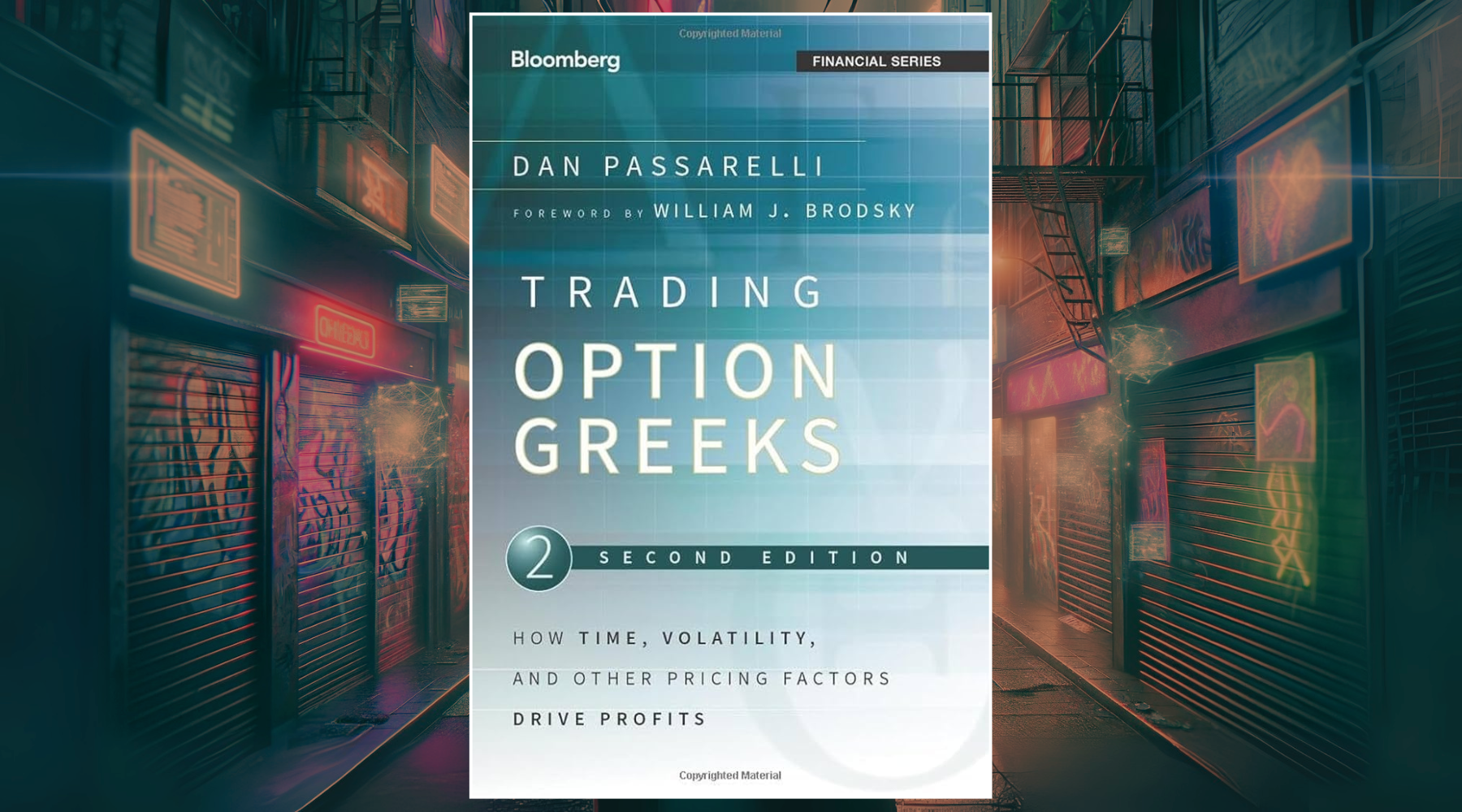

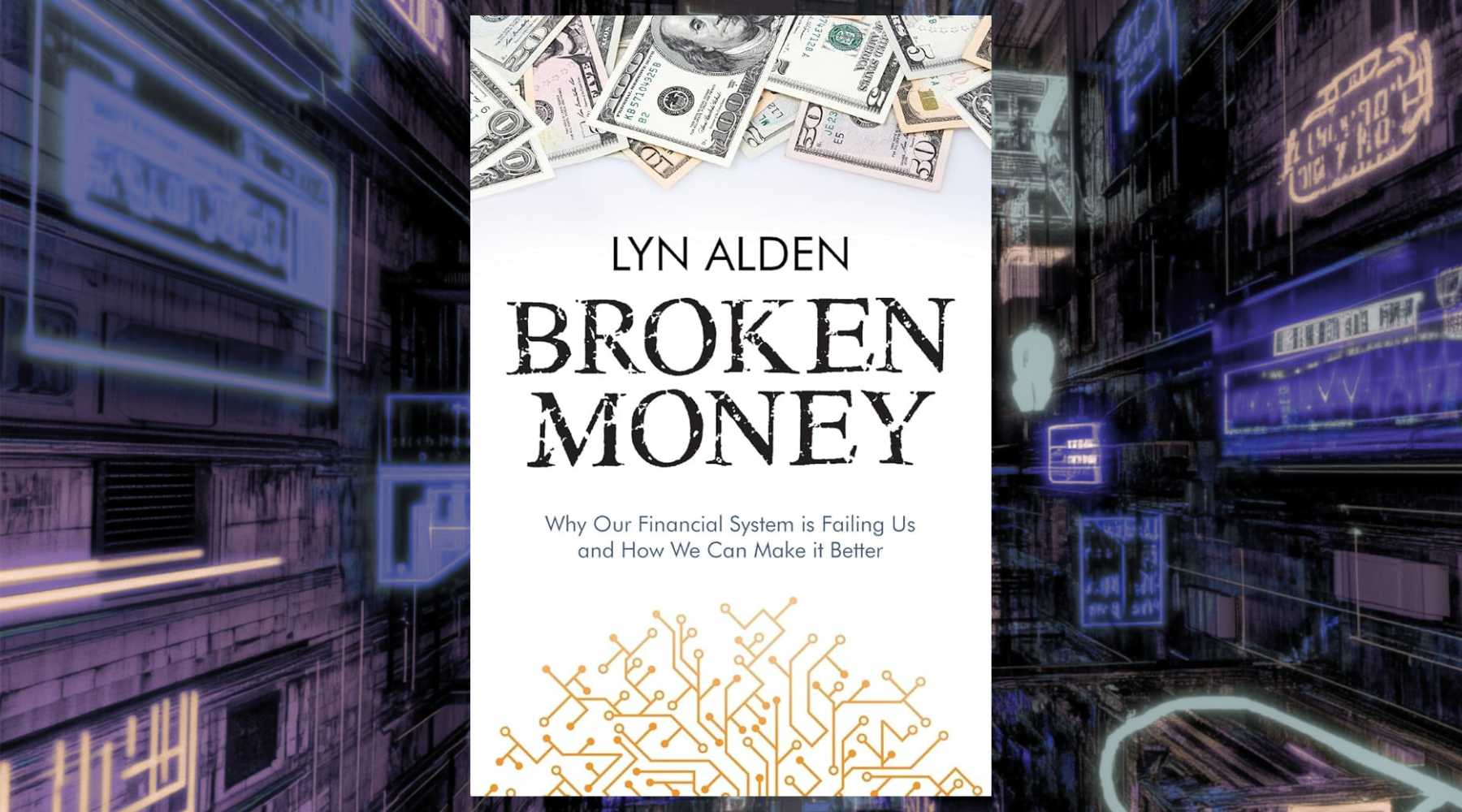
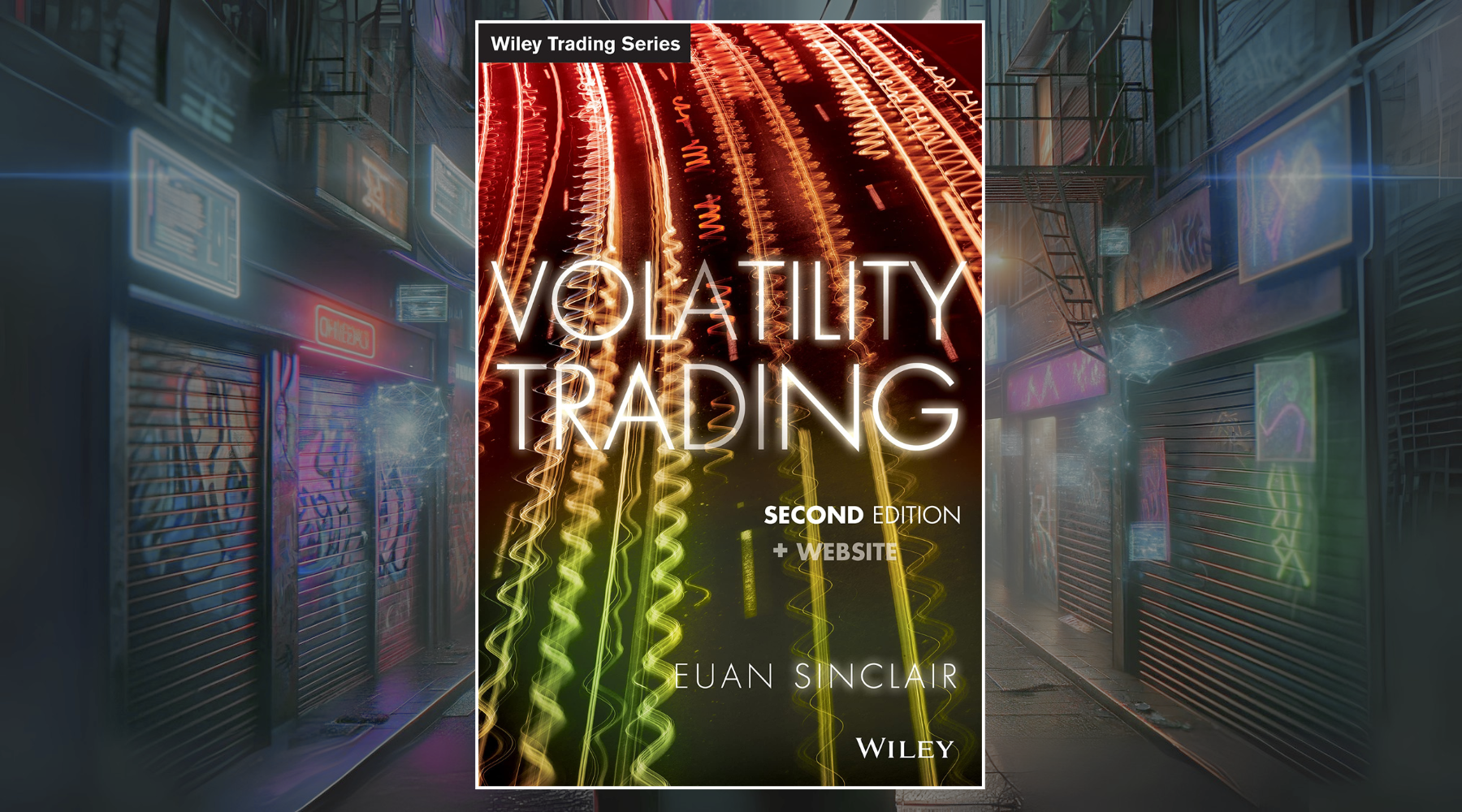
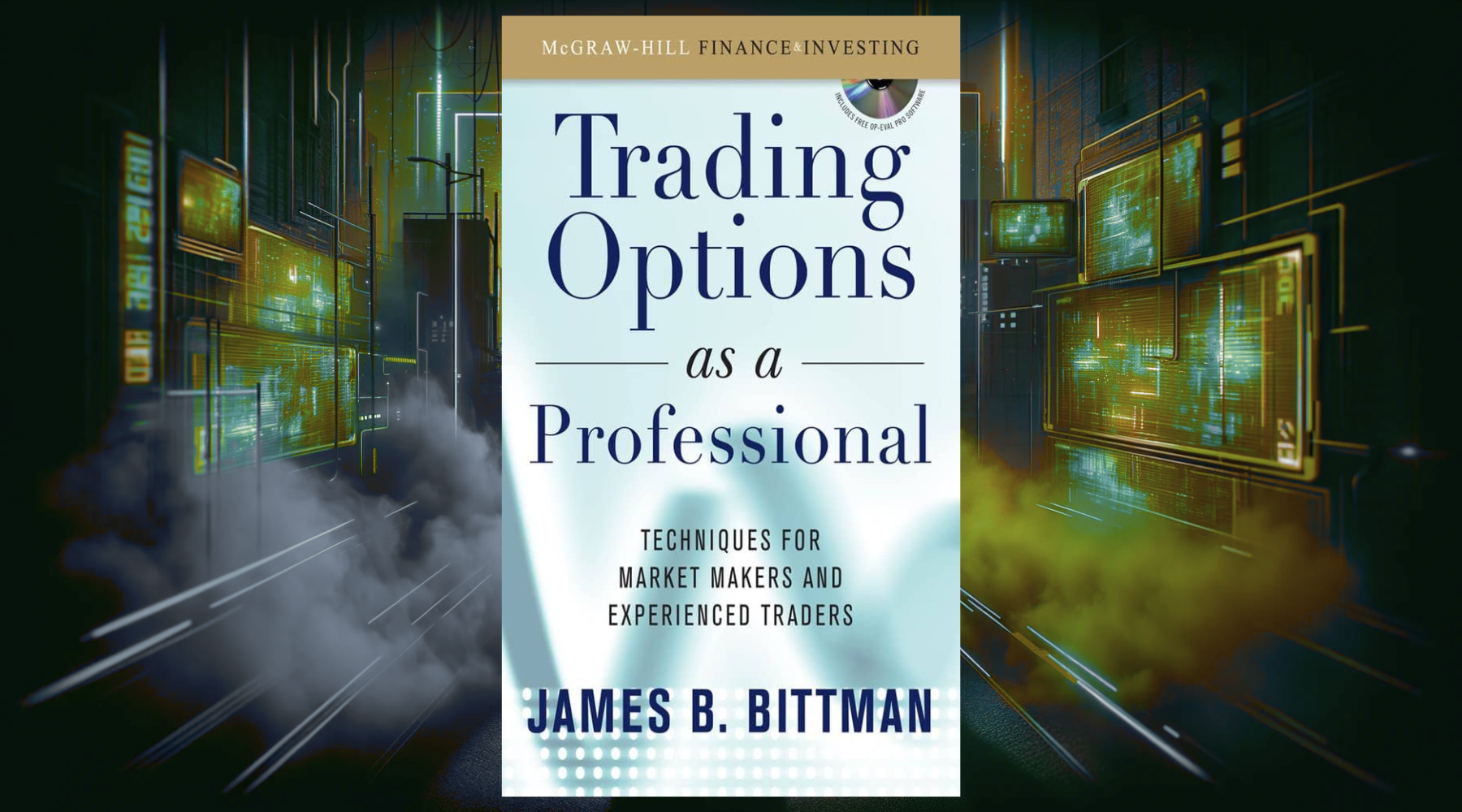
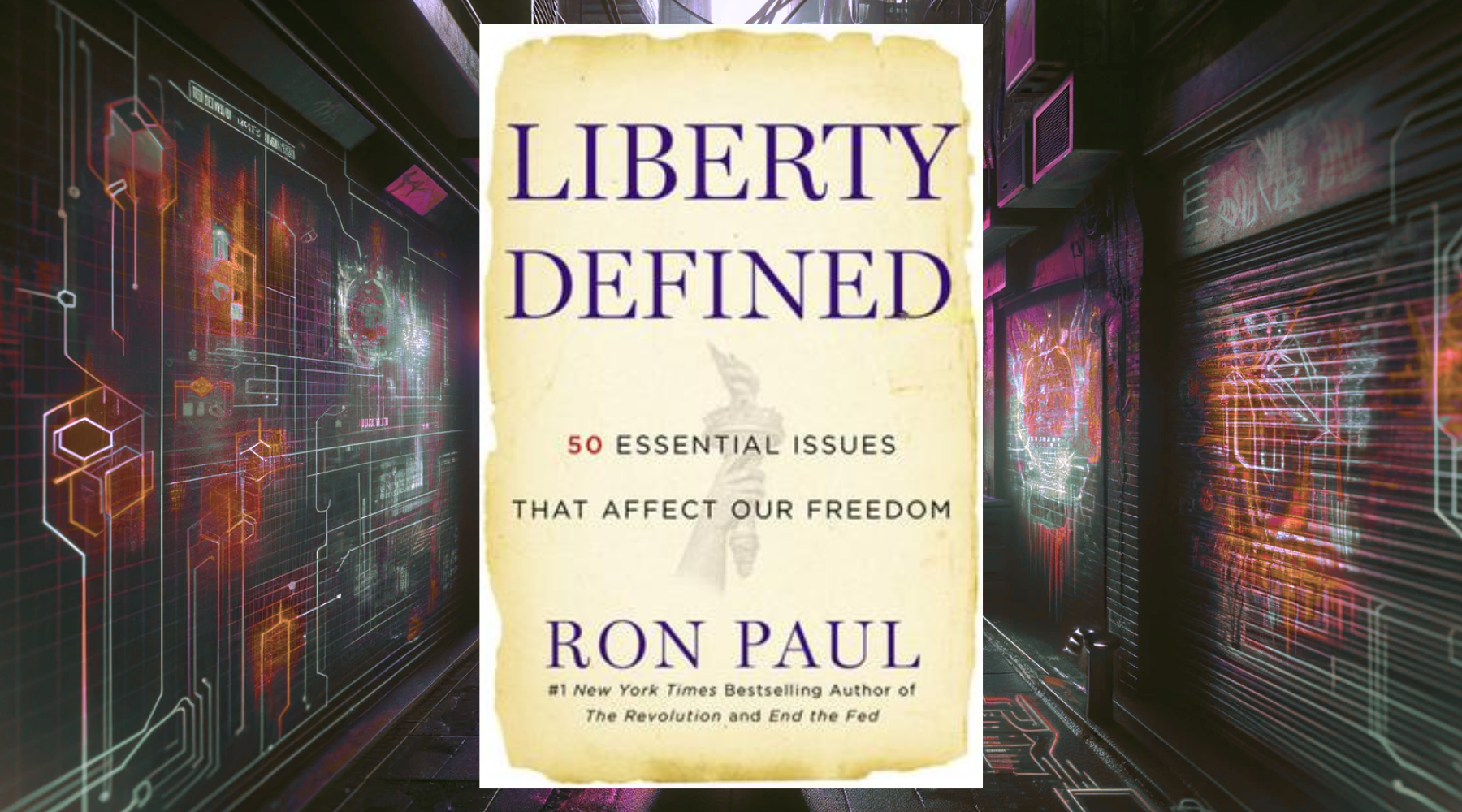
Leave a comment
This site is protected by hCaptcha and the hCaptcha Privacy Policy and Terms of Service apply.